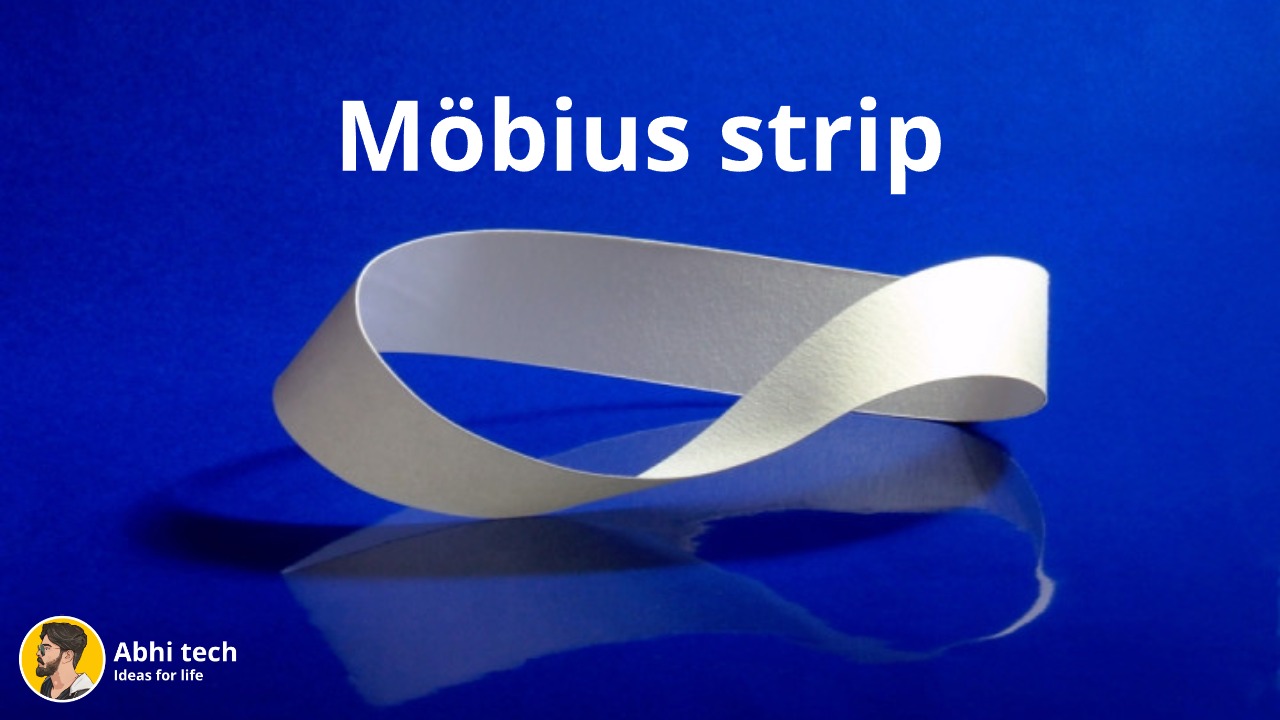What is Möbius strip ?

The Möbius strip, or Möbius band, is a surface created by twisting a strip of paper halfway and joining its ends. Discovered by Johann Benedict Listing and August Ferdinand Möbius in 1858, it was known earlier from Roman mosaics. This non-orientable surface cannot consistently distinguish between clockwise and counterclockwise directions and is a fundamental example of such surfaces.
The Möbius strip can be embedded in three-dimensional space in various ways, with different twists and orientations. Despite having only one side, different embeddings may present the strip with different appearances. It is also a surface with a single boundary curve.
Geometrically, the Möbius strip can be represented in different forms, such as being swept by a rotating line segment, or as a developable surface. It includes variations like the Sudanese Möbius strip, a minimal surface in a hypersphere, and the Meeks Möbius strip, a minimal self-intersecting surface in Euclidean space. An open Möbius strip, without its boundary, can have surfaces of constant curvature.
Applications of the Möbius strip include mechanical belts, roller coasters, and world maps with antipodal points. It appears in various scientific and engineering contexts, as well as in art, architecture, and stage magic. The concept has influenced design, artwork, and fiction, often symbolizing themes of continuity and twist in narratives.
Additional Resources
For a visual demonstration, please click on the following link.
What is Möbius strip2025 © Abhi tech. All rights reserved.
